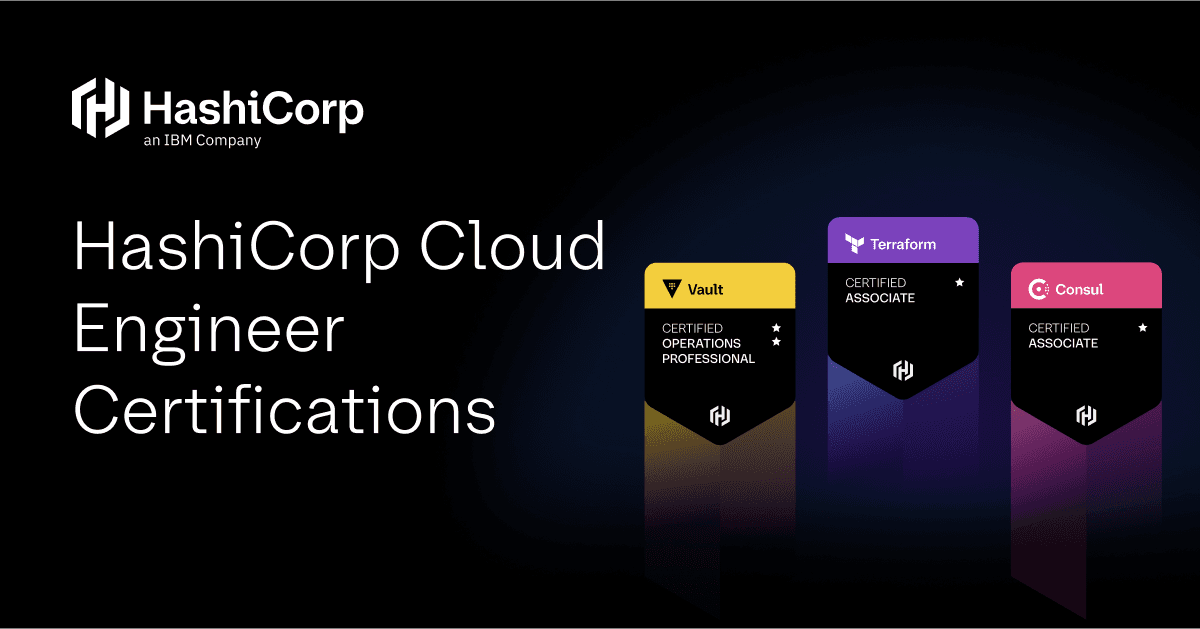Terraform Enterprise Adds Run Metrics, Versioned Docs, and More
Terraform Enterprise enhances observability and cuts operational burden with improved run metrics, identity-based storage authentication, and versioned documentation.
As organizations grow their use of managed resources and consume more cloud services, operational observability and ease of administration become increasingly important. To help address those needs, recent HashiCorp Terraform Enterprise releases include new features to:
- Improve run pipeline observability for better monitoring and troubleshooting at scale
- Reduce operational overhead of password management for external services
- View documentation for your specific Terraform Enterprise version
This blog post will take a look at each of these three enhancements, which have been added recently in Terraform Enterprise.
»Run Pipeline Observability with Run Metrics
Terraform Enterprise version 202207-1 extends the /metrics endpoint to include informative run pipeline data with the addition of the tfe_runs_current_count metric. This metric, which includes labels for organization, workspace, and status, empowers users to monitor run trends over time and make proactive decisions about the health of their Terraform Enterprise installation. By integrating this metric into your monitoring tools, you can answer important performance and diagnostic questions such as:
- How many plans and applies occur in a day?
- At what rate are runs increasing in my organization?
- Which workspaces are the most active?
- Are run times increasing, decreasing, or staying the same?
- How many runs are usually pending at peak hours?
Grafana users can get started quickly using the Terraform Enterprise starter dashboard.

The Terraform Enterprise starter dashboard in Grafana.
»Identity-Based Authentication for External Data Storage Services on AWS, Azure, and Google Cloud
As of Terraform Enterprise version 202207-1, installations using external object storage services can now leverage identity-based authentication services from their cloud provider instead of password-based authentication. Authenticate to Azure Blob Storage using Azure managed identities, Google Cloud Storage using attached service accounts, or Amazon S3 using AWS Identity and Access Management (IAM) instance profiles. Note: AWS support was added in an earlier Terraform Enterprise version.
»Versioned Documentation
Starting with v202206-1, new Terraform Enterprise releases come with version-specific documentation, so you can be sure the information is relevant to the version you’re running. All Terraform Enterprise documentation is also now available as a cohesive set, so you no longer need to switch between the Terraform Cloud and Terraform Enterprise documentation to find the information you need.

The new version selector for Terraform Enterprise documentation.
»Keep Up With Terraform Enterprise Releases
For more information about the latest releases of Terraform Enterprise, see the release notes on the Terraform Enterprise releases page. For more details on Terraform Enterprise or to get started, visit the Terraform product page or contact HashiCorp Sales.
Sign up for the latest HashiCorp news
More blog posts like this one

Protect data privacy in Amazon Bedrock with Vault
This demo shows how Vault transit secrets engine protects data used for RAG in an Amazon Bedrock Knowledge Base created by Terraform.

Preventative beats reactive: Modern risk management for infrastructure vulnerabilities
Vulnerability scanning is a last line of defense. Your first line should be preventative risk management strategies that shift security left and narrow the window for exploits.

Ace your Terraform Professional exam: 5 tips from certified pros
Three HashiCorp Certified: Terraform Authoring & Ops pros share their advice for preparing for and completing the certification exam.